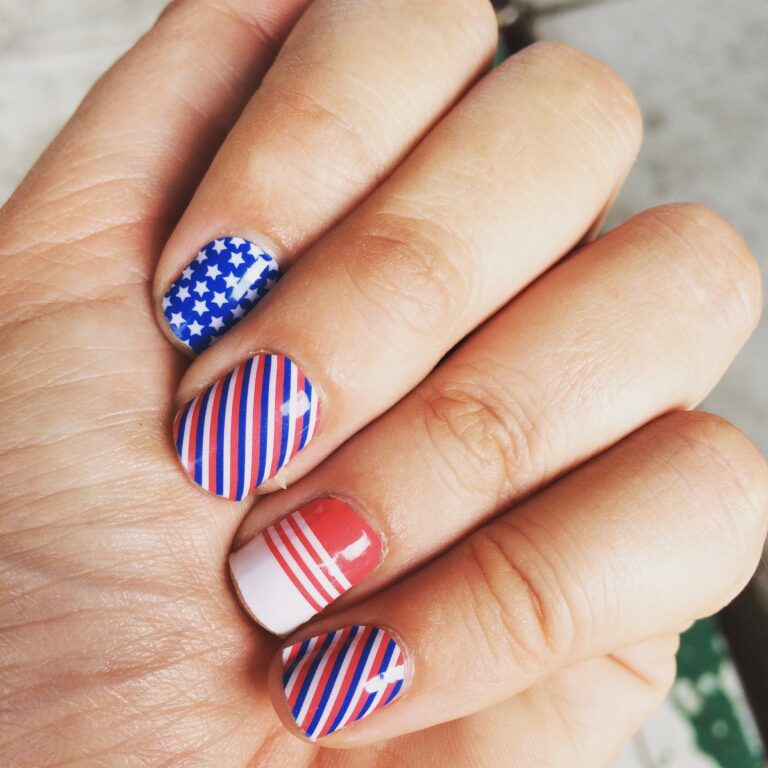“Trimming Excellence: Choosing Nails for Trim”
When it comes to trim work, choosing the right nails is crucial for achieving a professional finish. From understanding the different types of trim nails to mastering installation techniques, this article will guide you through the process of selecting and using nails for trim.
Key Takeaways
- Select the appropriate nail type and size based on the material and application of the trim.
- Pre-drilling can prevent splitting and ensure precise nail placement in delicate trim materials.
- Countersinking nails allows for a seamless finish and prevents nail heads from protruding.
- Conceal nail heads using wood putty or filler for a clean and polished look.
- Choose nails specifically designed for the material of the trim, such as wood or PVC, to ensure durability and longevity.
Understanding Trim Nails

Types of Trim Nails
When selecting nails for trim work, understanding the various types available is crucial. Finish nails and brad nails are the most common choices, each with its own set of advantages. Finish nails are typically thicker and provide a stronger hold, making them ideal for heavier trim and moulding applications. On the other hand, brad nails are thinner and less likely to split delicate trim materials, perfect for lighter trim and finer finish work.
Finish nails come in a range of sizes and gauges, which should be chosen based on the thickness of the trim and the material it’s being attached to. Brad nails, being smaller, are often used with a pneumatic brad nailer, which allows for a nearly invisible hole that can be easily filled or painted over.
Tip: Always consider the final appearance of your trim when choosing nails. For a more discreet finish, brad nails are the preferred choice due to their smaller head size.
It’s also important to match the nail length to the depth of the wood and the task at hand. Here’s a quick guide to help you choose the right size:
- For trim less than 1/2 inch thick, use 1 – 1 1/4 inch nails.
- For trim up to 3/4 inch thick, 1 1/2 inch nails are suitable.
- For heavier and thicker trim, 2 inch or longer nails will provide the necessary hold.
Choosing the Right Size
When choosing the right size of trim nails, it’s essential to consider the thickness of the trim material and the depth of penetration required. Selecting the appropriate nail length is crucial to ensure a secure and durable installation. Here’s a quick reference table for common nail sizes and their recommended applications:
| Nail Size | Recommended Application |
|---|---|
| 1 inch | Light trim and molding |
| 1.5 inches | Medium trim and casing |
| 2 inches | Heavy trim and baseboards |
It’s important to match the nail size to the specific trim material and the load it will bear. Additionally, pre-drilling pilot holes can help prevent splitting and ensure precise nail placement. Remember, the right size nail is the foundation of a successful trim installation.
Material Considerations

Best Nails for Wood Trim
After understanding the types of trim nails and the importance of choosing the right size, it’s essential to consider the best nails for wood trim. When selecting nails for wood trim, it’s crucial to consider the gauge and length of the nails. Here’s a table to illustrate the recommended gauge and length combinations for different wood trim thicknesses:
| Wood Trim Thickness | Recommended Gauge | Recommended Length |
|---|---|---|
| 1/2 inch | 15 | 1 1/4 inch |
| 3/4 inch | 15 | 1 1/2 inch |
| 1 inch | 15 | 2 inch |
Additionally, it’s important to note that using stainless steel nails is highly recommended for wood trim due to their corrosion resistance and durability. When working with wood trim, it’s crucial to choose the right nails to ensure a secure and long-lasting installation. Remember to always use nails that are specifically designed for wood applications to achieve the best results.
Nails for PVC Trim
When working with PVC trim, it’s crucial to select nails that won’t corrode or stain the material. Stainless steel nails are often recommended for their resistance to rust and discoloration. These nails ensure a clean, professional finish that maintains the integrity of the PVC trim over time.
For optimal results, consider the following:
- Use nails with a slender shank to minimize splitting.
- Choose a nail length that is at least twice the thickness of the trim.
- Select a head style that sits flush with the surface or can be easily concealed.
Tip: Pre-drilling holes can prevent the PVC from cracking, especially near the edges or ends of the trim.
Remember, the right nail for the job will not only make installation easier but also extend the life of your trim work.
Installation Techniques

Pre-drilling for Trim Nails
Before driving trim nails into the material, it’s essential to pre-drill pilot holes to prevent splitting and ensure a clean finish. Use a drill bit that is slightly smaller than the nail diameter to create the pilot holes. This step is crucial for hardwood trim and delicate materials like PVC, where splitting is more likely to occur. Once the pilot holes are drilled, proceed with driving the nails into place, ensuring a secure and seamless installation.
Countersinking Nails
Countersinking is a crucial step in achieving a professional finish when installing trim. This technique involves creating a recess for the nail head to sit below the surface of the trim, allowing for a smooth, unblemished appearance. To countersink nails effectively, follow these steps:
- Use a countersink bit that matches the size of the nail head.
- Drill the countersink hole carefully to avoid splintering the trim.
- Drive the nail until its head is just above the surface.
- Use a nail set to tap the nail head below the surface without damaging the wood.
Remember, the goal is to make the nail head invisible after filling and painting. Here’s a tip to ensure a clean finish:
Always test the countersink process on a scrap piece of trim before proceeding with the actual work to get a feel for the required pressure and depth.
By mastering the art of countersinking, you not only enhance the visual appeal of your trim work but also ensure a long-lasting hold. It’s a skill that distinguishes the work of an amateur from that of a seasoned carpenter.
Finishing Touches

Concealing Nail Heads
After successfully installing trim and ensuring each nail is properly placed, the next step is to make the nail heads virtually disappear. This is a crucial part of the trim work that affects the final aesthetic. The goal is to create a seamless look, where the nails are not only functional but also invisible to the eye.
For wood trim, a common approach is to use a color-matched wood filler. Apply the filler over the nail head and then sand it down once it’s dry. This method provides a smooth finish that can be painted over, blending the nail head with the surrounding wood.
In the case of PVC trim, a specialized product like a PVC grade eraser crayon can be used to fill in the nail holes. These crayons are designed to match the color and texture of the PVC, making the nail heads blend in effortlessly.
Tip: Always test your concealing method on a small, inconspicuous area first to ensure the color and finish match your trim perfectly.
Remember, the key to a professional-looking trim job is in the details. Taking the time to properly conceal nail heads will result in a polished and refined appearance that stands the test of time.
Filling Nail Holes
After filling nail holes, it’s important to ensure a smooth and seamless finish. Sand the filled holes to create a level surface, and wipe away any excess dust. For a professional touch, consider using a wood filler that matches the color of the trim. This will help conceal the filled holes and create a polished look. Additionally, you can use a putty knife to carefully scrape away any excess filler for a clean result. Remember, attention to detail is key in achieving a flawless trim installation.
When it comes to perfecting your nail art, the finishing touches can make all the difference. At NAILinspire.com, we understand the importance of attention to detail and the impact it can have on your nail designs. Our ultimate online nail art design library is filled with inspiration, tutorials, and tips to help you take your nail art to the next level. Whether you’re a beginner or a seasoned nail artist, NAILinspire.com has everything you need to create stunning nail designs. Visit our website today and unleash your creativity!
Frequently Asked Questions
What are the best nails for wood trim?
The best nails for wood trim are stainless steel or hot-dipped galvanized nails. These materials offer excellent corrosion resistance, making them ideal for outdoor applications.
How do I choose the right size of trim nails?
To choose the right size of trim nails, consider the thickness of the trim material. Use nails that are long enough to penetrate the trim and reach the underlying structure for a secure hold.
Why is pre-drilling important for trim nails?
Pre-drilling is important for trim nails to prevent splitting of the trim material. It also ensures precise placement of the nails and reduces the risk of bending or breaking the nails during installation.
What is the best technique for concealing nail heads in trim?
The best technique for concealing nail heads in trim is to use wood putty or filler. After driving the nails, fill the nail holes with putty, sand the area smooth, and then paint or stain to match the trim.
Can I use regular nails for PVC trim?
Regular nails are not recommended for PVC trim. Instead, use stainless steel or specially designed PVC trim nails to avoid corrosion and ensure a secure and long-lasting installation.
How do I countersink nails in trim for a professional finish?
To countersink nails in trim, use a nail set to drive the nail slightly below the surface of the trim. This allows for the application of wood putty or filler to conceal the nail head, resulting in a smooth and professional finish.






